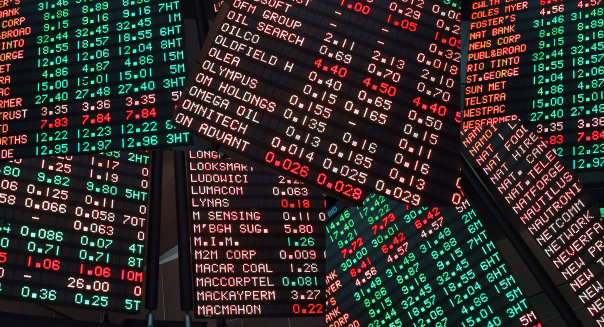
“You’re riding high in April, shot down in May.” Frank Sinatra made that lyric famous in his hit song “That’s Life” nearly 50 years ago. It applies to life and to investing your money with the so-called smartest guys on Wall Street.
New research shows that strong performance by mutual fund managers is very hard to repeat year after year. In fact, S&P Dow Jones Indices finds that very few actively managed funds are able to consistently outperform their peers over even relatively short periods.
Most investors don’t bother to wade through the fine print of the mutual fund prospectus. But if you did, you’d find they all caution that “past performance does not predict future returns,” or something similar. And there’s a reason the Securities and Exchange Commission requires that caveat: it’s true.
Mutual fund rankings are often done by quartile — the top 25 percent and the second 25 percent are better than average. The third 25 percent and — god forbid — the fourth are below average.
Its Not Easy Staying at the Top
S&P reports that a shockingly low number of funds stayed in the top performer group over a relatively short period of two years. It says that out of the 687 funds in the top quartile as of March of 2012, only 3.8 percent were still there two years later. And over five years, less than 1 percent of all domestic funds stayed in the top group.
“This just points out that in general, active managers cannot outperform” the herd, said Keith Loggie, director of global research at S&P Dow Jones Indices. “What happens one year does not indicate at all what will happen the following year.”
“The odds of outperforming are essentially the same for everyone.” – Keith Loggie
Loggie said the correlation between how a fund manager performs from one year to the next is even lower than flipping a coin would indicate. “You’d expect to have some outperformance, some star performers, over the longer term,” according to Loggie, but that’s rarely the case.
Of course, there are notable exceptions. Peter Lynch ran Fidelity’s (FNF) Magellan Fund (FMGKX) from 1977 to 1990, returning an astounding 29 percent per year. And Bill Miller outperformed the S&P 500 index (^GPSC) from 1991 through 2005 as manager of the Legg Mason (LM) Capital Management Value Trust (LMVTX).
“While there will be Millers and Lynchs out there,” said Loggie, “it’s very hard for investors to identify that beforehand. The odds of outperforming are essentially the same for everyone.”
Merged or Liquidated
What’s just as remarkable as the lack of consistency is the likelihood that top-performing funds will drop into the bottom-performing group. The S&P report finds that more than 28 percent of the top-performing funds will fall to the lowest quartile, while 28 percent of the bottom feeders will rise to the top.
And what happens to funds that consistently underperform? About four in ten of the funds in the bottom quartile over a five-year period are merged into better-performing funds or are liquidated.
What can consumers do to avoid some of those gyrations? Many independent money managers suggest index funds that track market indexes, such as the S&P 500 or the Russell 2000 (^RUT).
“Retail investors think they need to find the one, two, three funds that will outperform,” said Marck Salzinger, publisher of The No-Load Fund Investor newsletter. “They need to reverse that and avoid funds that will underperform.”
Since it’s nearly impossible for the stock market pros to consistently outperform, what chance do we have as individual investors? Apparently, not much. And if that’s the case, Salzinger says “keep it simple. Complicated is not more profitable than simple.”
•1,000 Days and Counting Since the Last Market Correction
•CR Readers Aren’t Lovin’ McDonald’s
•Is College Worth It?


Leave a Reply